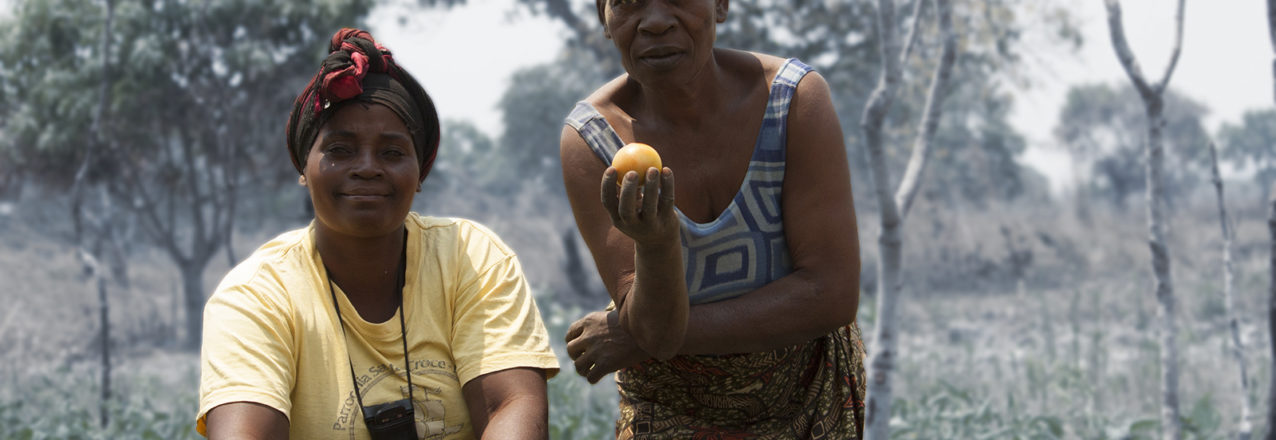It seems natural to believe that secure property rights affect a farmer’s willingness to make longer-term investments. If farmers do not have secure property rights, they will be less likely to plant and sustain trees, conserve resources or make long term improvements to the soil because their land might be taken away from them before they can reap the benefits of these investments. But does this relationship play out in reality, particularly for the millions of smallholder farmers across the developing world?
This question is important because these types of long-term investments are critical for reducing extreme poverty, improving food security and nutrition, and addressing climate change. Understanding the degree to which property rights affect incentives to invest and conserve is important for policy makers and donors. Which is why USAID is attempting to answer this question in Zambia through a randomized controlled trial – the gold standard of rigorous, scientific impact evaluations.
Agriculture supports the livelihood of over 70% of the population in Zambia, including 78% of women. Relative to other countries in the region, it has an abundance of fertile land, water, and a favorable climate for agricultural production. Yet, despite these favorable conditions, crop yields are well below global averages and 80% of rural Zambians live in extreme poverty.
Improved conservation agriculture and agroforestry practices – such as planting fertilizer trees between crops – would help improve crop yields. However, adoption of these “climate-smart agriculture” practices has been low. In eastern Zambia’s Chipata District, agroforestry tree species were planted on only 6% of fields. One reason why might be that many farmers in Zambia do not have secure land rights. The vast majority of rural Zambians live on customary land without formal documentation of their land rights.
To address this, USAID works with four local chiefs and the Chipata District Land Alliance, a local NGO, to 1) map, demarcate and certify the customary land rights of local farmers and 2) promote sustainable agroforestry practices that facilitate tree planting and survivorship.
To rigorously measure the effectiveness of these approaches, USAID randomly assigned 75 villages to receive the agroforestry extension, 75 villages to receive the land certification program, 75 villages to receive both, and 75 villages to receive neither (the control group). By conducting extensive surveys in these villages over a three-year period, before and after activities take place, the impact evaluation will be able to rigorously measure changes over time. The results will help answer the question of “How do changes in property rights that strengthen a farmer’s perception of long term security over farmland affect a farmer’s decision to practice climate smart agriculture, including agroforestry, on their own farms?”
For USAID – and for the millions of people in the developing world living without secure rights to land and resources – the answer to this question could be an important part of shaping efforts to end extreme poverty, reduce hunger, and address a rapidly changing climate.
Learn more: view a presentation on the baseline findings from this impact evaluation from the American Evaluation Association conference here.


